Burning Down the House: Essays on Fiction
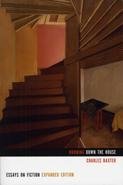
In this Burning Down the House, author and educator Charles Baxter offers several essays that examine the many forces currently shaping contemporary American fiction.
Jump to navigation Skip to content
From the newly published to the invaluable classic, our list of essential books for creative writers.

In this Burning Down the House, author and educator Charles Baxter offers several essays that examine the many forces currently shaping contemporary American fiction.
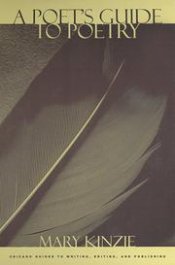
A Poet's Guide to Poetry brings Mary Kinzie's expertise as poet, critic, and director of the creative writing program at Northwestern University to bear in a comprehensive reference work. Detailing the formal concepts of poetry and methods of poetic analysis, she shows how the craft of writing can guide the art of reading poems. Using examples from the major traditions of lyric and meditative poetry in English from the medieval period to the present, Kinzie considers the sounds and rhythms of poetry along with the ideas and thought-units within poems.
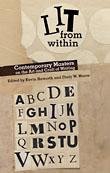
Lit from Within offers creative writers a window into the minds of a wide variety of poets, novelists, and nonfiction writers. From Billy Collins to Maggie Nelson to Robin Hemley, the collection presents thought-provoking pieces on issues of craft and the elements of the writing life.
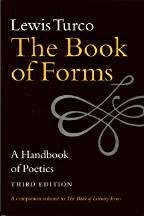
A standard in the field of poetics and prosodics, The Book of Forms serves as a reference guide on the forms of poetry, from Middle Ages to the present. The book is divided into “The Elements of Poetry,” the “Form-Finder Index,” and “Traditional Verse Forms.”
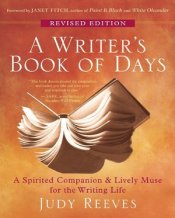
Judy Reeves’s A Writer’s Book of Days offers varied prompts, exercises, writing tips, web resources, and advice to spark inspiration and help with generating material on a regular basis.
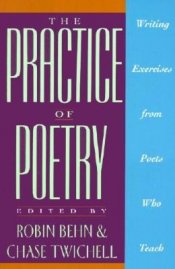
The Practice of Poetry is a collection of more than 90 poetry-writing exercises combined with corresponding essays to inspire writers of all levels.
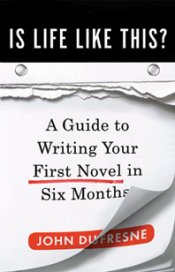
Novelist John Dufresne writes a practical guide for aspiring novelists that touches on the history of the novel, along with organizing principles of the form, and advice on how to move forward, think, and observe. Chapters are divided by weeks to form the course of a six-month program.
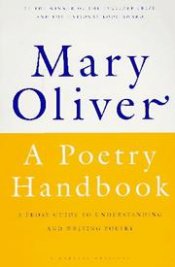
Poet Mary Oliver tells of the basic ways a poem is built, including meter and rhyme, form and diction, sound and sense. Drawing on poems from Robert Frost, Elizabeth Bishop, and others, Oliver gives clear instruction on how to approach poetry.
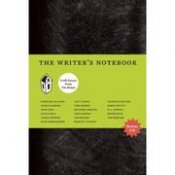
The Writer's Notebook compiles the best craft seminars in the history of the Tin House Summer Writers Workshop, along with a variety of craft essays from some of Tin House's favorite writers. With how-tos, close readings, and personal anecdotes, The Writer's Notebook offers aspiring writers advice and inspiration to hone their own craft.
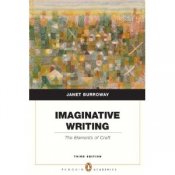
Imaginative Writing: The Elements of Craft explores the craft of creative writing in four genres: fiction, poetry, drama, and creative nonfiction. A trade author as well as a professor of creative writing, Burroway brings her years of teaching and writing experience to this book. “Try-This” exercises appear throughout each chapter.